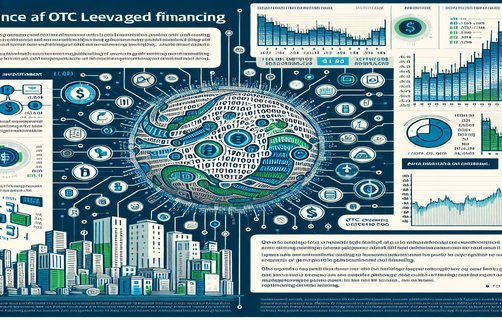探寻股票配资的决策之道:在市场动荡中找到平衡
Imagine stepping into a bustling marketplace, where the clamor of traders echoes the highs and lows of the stock market. Behind the scenes, navigating the stock trading waters requires more than just instinct; you need a robust strategy. In the realm of stock financing, understanding trading costs, market dynamics, and risk management isn't just beneficial—it's essential.
Let’s start with trading costs. You might think they’re just a small piece of the puzzle, but let’s break it down. Have you ever heard the saying, "Penny wise, pound foolish"? In trading, underestimating costs can lead to significant losses. Commissions, spreads, and fees can stack up, eroding your returns faster than a summer storm washes away footprints on the beach. So, how do you keep these costs in check? Well, it all circles back to the practical choices you make in your trading journey. Research brokers, consider fee structures, and keep an eye on additional charges. A few careful calculations can save you a bundle.
Then there’s the dynamic nature of the market itself. Picture it: on one side, you have economic news erupting like fireworks—think unemployment rates, inflation reports, or central bank policy changes. On the other side, you have market sentiment swinging wildly with investor emotions running hot or cold. It's like an unpredictable dance, and understanding the rhythm is key. Analysts often leverage technical and fundamental analysis to decode market movements, spotting trends that help optimize trading strategies.
Speaking of strategy, risk management cannot be overstated. Imagine driving a race car blindfolded—you wouldn’t do that, right? Trading without a robust risk management plan is just as reckless. This means knowing how much of your capital you’re willing to risk on a single trade and setting stop-loss orders to protect your assets. Strategies such as diversification can also act as a safety net, spreading out risk across different stocks instead of putting all your eggs in one basket.

What about personal experience? Let's be real; there’s no substitute for the lessons learned through trial and error. Each trade, whether a win or a loss, adds a layer to your trading expertise. Keep a journal of your trades to reflect on what worked, what didn’t, and what you might do differently next time.

And finally, how do you navigate your financing plans? With strategic financing, you amplify your trading power, but it’s a double-edged sword. Make informed decisions about leveraging options; a well-thought-out plan will ensure that you’re not overstretching yourself. The key? Keep your overall financial picture in view.
In wrapping this up, stock financing can be a thrilling, albeit challenging, expedition. But with the right tools, awareness of market dynamics, and a hands-on approach to risk management, you’re setting yourself up for a grand adventure in the world of stocks.
Now, gather your thoughts—what do you prioritize in your trading plan? Management of risk, keeping tabs on costs, or perhaps staying aware of market news? Let’s hear your take!
